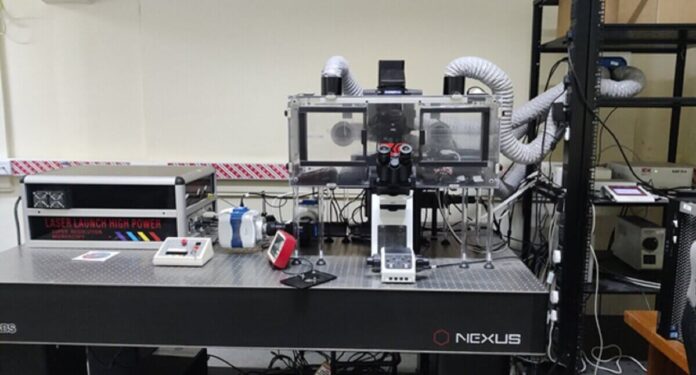A neuromorphic sensor can detect nanoparticles invisible to current microscopes.
Story so far: Researchers at the Indian Institute of Science’s (IISc) Centre for Neuroscience (CNS) have demonstrated that a brain-inspired image sensor can catch cellular components or nanoparticles that are invisible to microscopes. IISc has published its findings in Nature Nanotechnology, a peer-reviewed journal.
- The neuromorphic camera simulates how the human retina converts light into electrical impulses. The 40mm X 60mm X 25mm camera triumphs over conventional cameras in multiple ways.
- Here, each pixel operates with autonomy, generating a lower amount of data. This method lets the camera sample the environment with an increased temporal resolution.
What’s the study? The researchers used the neomorphic camera to detect individual fluorescent beads smaller than the diffraction limit. To do so, they shined high and low-intensity laser pulses and measured their variation in fluorescence levels. The process includes using a deep learning algorithm to locate the particles accurately.
(Image credits: Rohit Mangalwedhekar)

